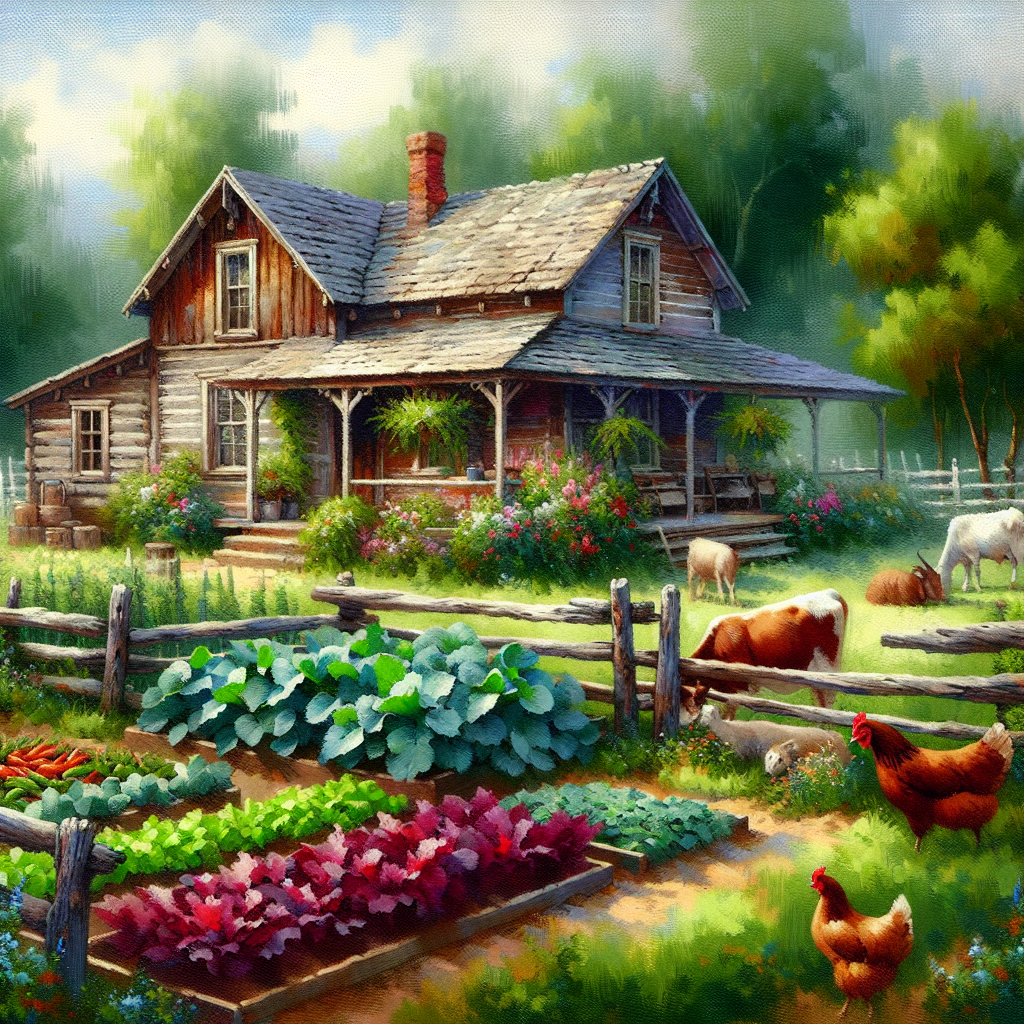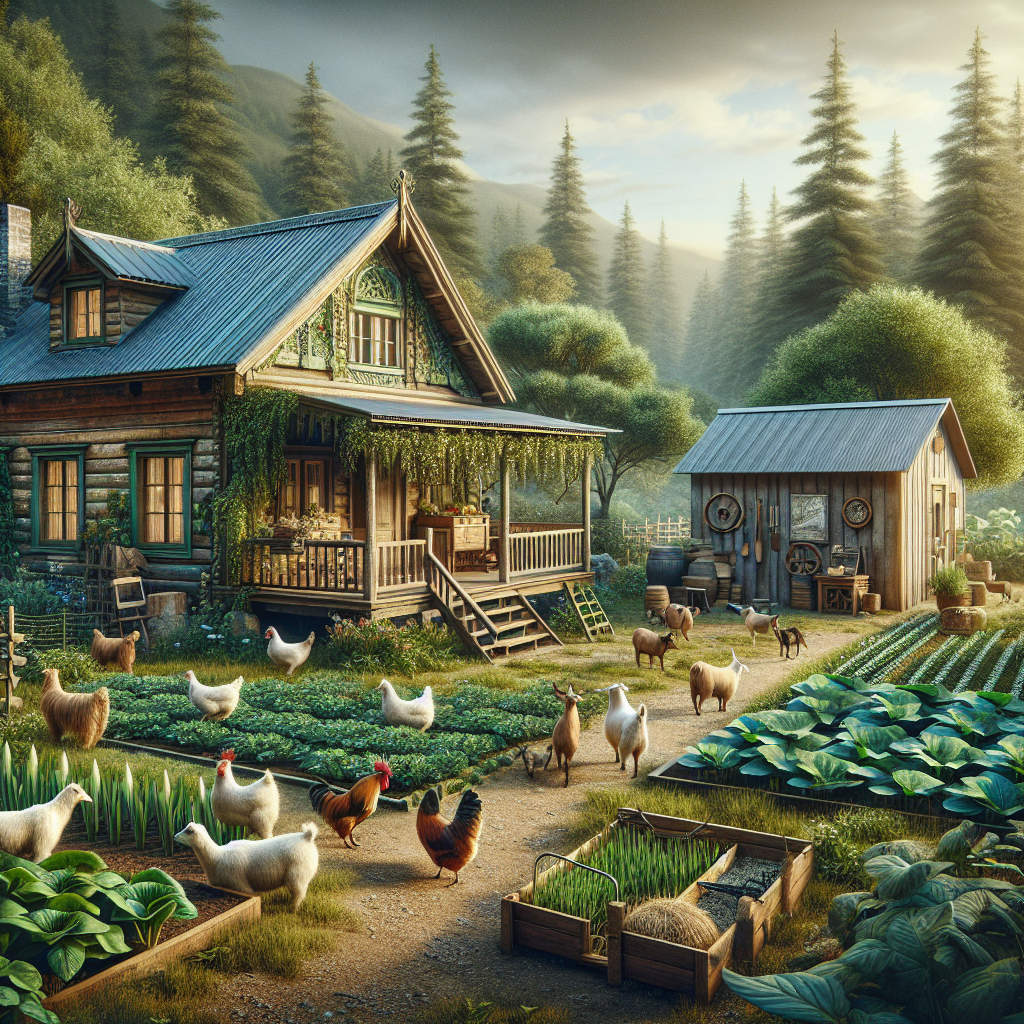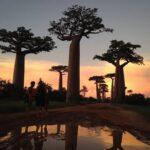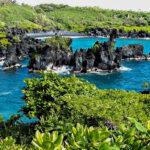Welcome to the wonderful world of homesteading! If you’re new to this lifestyle, you might be wondering what exactly homesteading is. Simply put, homesteading is about living a self-sufficient life. This means growing your own food, raising livestock, and often generating your own electricity. It’s about reducing your dependency on commercial systems and becoming more connected with the land and your resources.
For beginners, the idea of starting a homestead can seem daunting, but it doesn’t have to be. The key is to take small, manageable steps towards your goal. Whether you have a small urban backyard or acres of rural land, there are ways to incorporate homesteading practices into your daily life.
One of the first steps is to evaluate your space and resources. Do you have a garden plot? Can you keep chickens or bees? What are your local zoning laws? Understanding the limitations and possibilities of your environment will help you plan more effectively.
Furthermore, educating yourself is crucial. There are countless resources available, from books and online courses to local homesteading groups. Connecting with others who share your passion can provide invaluable support and knowledge.
Ready to dive deeper into the world of homesteading? Visit our website to learn more and get started today! Click here.
Understanding the Basics of Homesteading

Before you start your journey into homesteading, it’s important to grasp some of the basics. Homesteading is not just about growing your own food or raising animals; it’s a holistic lifestyle that encompasses various aspects of self-sufficiency and sustainable living.
Food Production is often the first thing that comes to mind when thinking about homesteading. This includes growing vegetables, fruits, and herbs, as well as raising animals for meat, eggs, and dairy. Even if you start small with a few herb pots or a couple of chickens, you’re taking steps towards self-sufficiency.
Preservation and Storage are also key components. Learning how to can, freeze, and dry your harvest ensures that you have food throughout the year. Proper storage techniques will help you make the most of your hard-earned produce.
Energy and Water Management play a crucial role in a homesteading lifestyle. This might involve setting up rainwater collection systems, installing solar panels, or learning to use less energy through efficient practices. These efforts not only reduce your utility bills but also your environmental footprint.
Skills and Crafts are another essential aspect. From knitting and sewing to woodworking and metalworking, developing a variety of skills can greatly enhance your self-sufficiency. These crafts can also be a source of income, should you choose to sell your handmade goods.
Understanding these basics provides a solid foundation for your homesteading journey. Keep in mind that each homestead is unique, and your approach will depend on your specific goals, environment, and resources.
Essential Tools and Supplies for Homesteading

Equipping yourself with the right tools and supplies is crucial for a successful homesteading experience. While the specific items you’ll need can vary based on your goals and environment, there are some essential tools and supplies that every homesteader should consider.
Gardening Tools are a must-have for any homesteader. Basic tools like a shovel, hoe, rake, and trowel will help you prepare and maintain your garden. Investing in quality tools will save you time and effort in the long run. Additionally, having a good set of pruners and a wheelbarrow can make tasks like harvesting and transporting materials much easier.
Animal Care Supplies are essential if you plan to raise livestock. This includes items like feeders, waterers, and fencing materials to keep your animals safe and healthy. Don’t forget to stock up on basic veterinary supplies like wormers, vaccines, and first aid kits to handle any health issues that may arise.
Food Preservation Equipment is vital for making the most of your harvest. Canning jars, lids, and a pressure canner are essential for preserving fruits, vegetables, and meats. A dehydrator and vacuum sealer can also be useful for drying and storing food. Having a good set of knives and cutting boards will make food preparation much more efficient.
Hand Tools like hammers, screwdrivers, and wrenches are indispensable for a variety of tasks around the homestead. Whether you’re building a chicken coop, repairing a fence, or maintaining equipment, having a well-stocked toolkit is essential. Power tools like drills and saws can also be incredibly useful for larger projects.
Finally, Basic Household Supplies like buckets, storage bins, and cleaning supplies are essential for keeping your homestead organized and running smoothly. Don’t underestimate the importance of having a good supply of seeds, compost, and mulch for your gardening endeavors.
By investing in these essential tools and supplies, you’ll be well-prepared to tackle the various tasks that come with homesteading. Remember, quality over quantity is key, and having the right tool for the job can make all the difference.
Starting Your First Homestead Garden

Starting your first homestead garden is an exciting and rewarding endeavor. It’s your chance to grow your own organic produce, reduce your grocery bills, and connect with nature. Here are some key steps to get you started on the right foot:
1. Choose the Right Location: The success of your garden heavily depends on its location. Pick a spot that receives at least six to eight hours of direct sunlight per day. Ensure the area has good drainage to prevent waterlogging. Also, consider proximity to your water source for easy irrigation.
2. Test and Prepare Your Soil: Healthy soil is the foundation of a productive garden. Conduct a soil test to determine its pH level and nutrient content. Based on the results, you may need to amend the soil with compost, manure, or other organic matter to improve fertility and structure.
3. Plan Your Garden Layout: Decide on the types of vegetables, herbs, and fruits you want to grow. Sketch a layout that includes designated areas for each plant, keeping in mind their growth habits and spacing requirements. Companion planting, where certain plants benefit each other, can also improve yields and pest control.
4. Start with Easy-to-Grow Plants: For beginners, it’s best to start with plants that are known for their ease of growth and resilience. Consider vegetables like tomatoes, lettuce, beans, and zucchini. Herbs such as basil, parsley, and chives are also great choices.
5. Use Mulch and Compost: Mulching helps conserve moisture, suppress weeds, and regulate soil temperature. Organic mulches like straw, wood chips, or grass clippings are excellent options. Additionally, incorporating compost into your soil will provide essential nutrients and enhance soil structure.
6. Watering and Maintenance: Consistent watering is crucial, especially during dry spells. Water deeply and infrequently to encourage deep root growth. Regularly check for pests and diseases, and address any issues promptly. Pruning and thinning plants as needed will also promote healthy growth.
By following these steps, you’ll be well on your way to creating a thriving homestead garden that provides fresh, nutritious produce for your family. Remember, gardening is a continuous learning process, so don’t be afraid to experiment and adjust your methods as you gain more experience.
Raising Livestock on Your Homestead
Raising livestock on your homestead can greatly enhance your self-sufficiency by providing a steady supply of meat, eggs, milk, and other products. Here are some essential steps to get you started:
1. Choose the Right Livestock: The first step is to decide which animals are best suited for your homestead. Common choices include chickens, goats, sheep, pigs, and rabbits. Consider factors such as the size of your property, the climate, and your family’s needs when making your selection.
2. Build Appropriate Housing: Each type of livestock requires specific housing to ensure their health and well-being. Chickens need a secure coop with nesting boxes and roosting bars, while goats and sheep require a shelter that protects them from the elements. Ensure that all structures are predator-proof and provide adequate ventilation.
3. Understand Nutritional Needs: Proper nutrition is vital for the health and productivity of your animals. Research the dietary requirements of the livestock you choose and provide a balanced diet. This may include commercial feed, fresh forage, hay, and supplements. Access to clean water at all times is also essential.
4. Implement a Health Management Plan: Regular health checks are crucial. Learn to recognize signs of common diseases and conditions, and establish a relationship with a local veterinarian. Vaccinations, deworming, and parasite control should be part of your routine care.
5. Breeding and Reproduction: If you plan to breed your livestock, understanding their reproductive cycles and requirements is essential. Proper breeding practices can improve the quality and productivity of your herd or flock. Keep detailed records of breeding dates, births, and any issues that arise.
6. Practice Ethical and Sustainable Farming: Treat your animals with respect and ensure their welfare is a top priority. Sustainable farming practices, such as rotational grazing and proper waste management, will enhance the health of your livestock and the land.
Raising livestock on your homestead can be a rewarding experience that brings you closer to a self-sufficient lifestyle. With careful planning, commitment, and a willingness to learn, you’ll be able to build a thriving, sustainable homestead farm.
Tips for Sustainable and Self-Sufficient Living

Living sustainably and self-sufficiently is not just about reducing your carbon footprint; it’s about creating a lifestyle that is in harmony with nature and supports long-term ecological balance. Here are some practical tips to help you achieve this:
1. Reduce, Reuse, Recycle: These three Rs are the foundation of sustainable living. Reduce your consumption of disposable items, reuse what you can, and recycle materials like paper, plastic, and metal. This minimizes waste and conserves natural resources.
2. Grow Your Own Food: Start a garden to grow fruits, vegetables, and herbs. Even a small plot can significantly reduce your reliance on store-bought produce. Use organic methods to avoid harmful chemicals and improve soil health.
3. Use Renewable Energy: Consider installing solar panels or wind turbines to generate your own electricity. These renewable energy sources reduce dependence on fossil fuels and lower your energy bills.
4. Preserve Food: Learn methods like canning, drying, and fermenting to preserve the harvest from your garden. This ensures you have a supply of homegrown food throughout the year and reduces food waste.
5. Water Conservation: Implement water-saving techniques such as rainwater harvesting, mulching, and using drip irrigation. Fix leaks promptly and consider installing low-flow fixtures to reduce water usage.
6. Composting: Turn kitchen scraps and yard waste into nutrient-rich compost. Composting reduces landfill waste and provides a valuable resource to improve garden soil.
7. Live Simply: Embrace minimalism by decluttering your home and focusing on what truly matters. Simple living reduces stress, saves money, and allows you to appreciate the beauty of a less materialistic lifestyle.
By incorporating these tips into your daily routine, you’ll be well on your way to a more sustainable and self-sufficient life. Not only will you be contributing to the health of the planet, but you’ll also gain a deeper sense of satisfaction and independence.
Visit our website to learn more and get started today! Click here.
Subscribe to our newsletter to get information delivered to your inbox on homesteading, growing food, food preparation, travel, fishing, and more.











